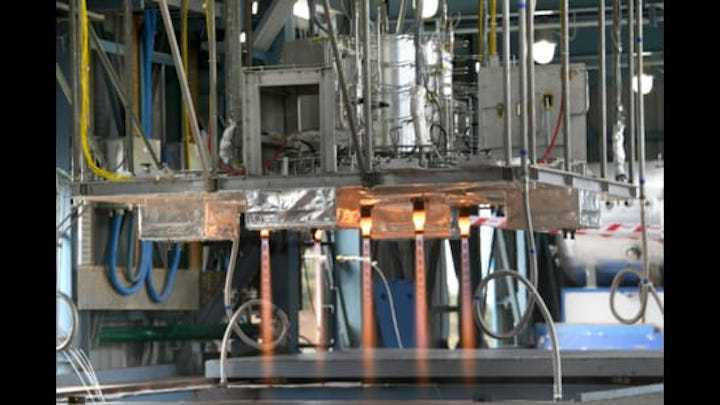30.08.2021

The Indian Space Research Organisation (ISRO) on Saturday successfully conducted the first hot test to check the propulsion system of Gaganyaan’s service module – the service module located below the crew module in which the astronauts will travel constitutes the spacecraft, the space agency said in a statement. The two modules remain connected till the re-entry into the earth’s atmosphere.
As per previous descriptions by ISRO chairperson Dr K Sivan, the whole configuration, the crew module and service module, is turned in the opposite direction during re-entry and the thrust of the engine is used to reduce the velocity.
The propulsion system demonstration model was fired for 450 seconds at the ISRO Propulsion Complex in Mahendergiri, Tamil Nadu. The performance met the pre-test predictions. “A series of hot tests are planned to simulate various mission conditions as well as off-nominal conditions,” as per the statement.
The service module propulsion system consists of five main 440 N engines and sixteen 100 N thrusters to create a reaction control system (engines capable of giving small amounts of thrust to adjust the direction of a spacecraft). The system demonstration model used for the test, however, had five 440 N engines and eight 100 N thrusters to qualify the propulsion system on ground.
In July, ISRO conducted the final hot test of its L110 liquid engine to be used in the GSLV-MK III launch vehicle that will carry the Gaganyaan mission to space. This, experts said, was a pretty big milestone signalling that two of the three stages of the rocket was ready for launch, with testing of the upper cryogenic stage remaining.
Ajay Lele, senior fellow working on space security and strategic technologies at the Institute for Defence Studies and Analyses, said, “ISRO is currently testing various modules of the mission, however, we need two clean tests of the complete system before we send astronauts to space. And, that is going to take probably another two years.”
He added, with the mission missing the deadline of the 75th Independence Day due to the pandemic, the mission has lost steam.
“ISRO will also need to launch two satellites for communication before the final mission. Also, the recent failure of the GSLV is definitely a problem (although the launch vehicle is different from the GSLV Mk III to be used in the Gaganyaan mission). There is a need to evaluate what went wrong and ensure it doesn’t happen in this mission,” said Lele.
Quelle: Hindustan Times

